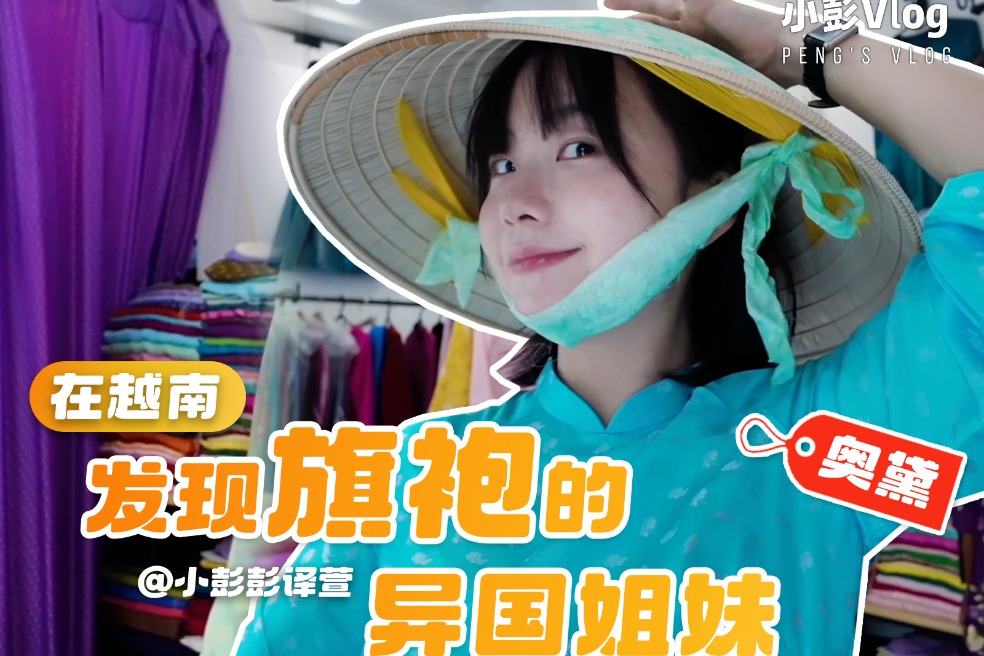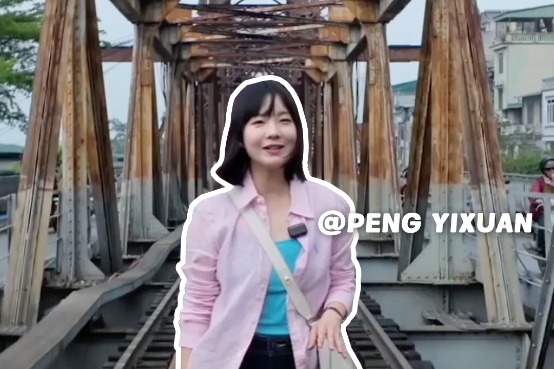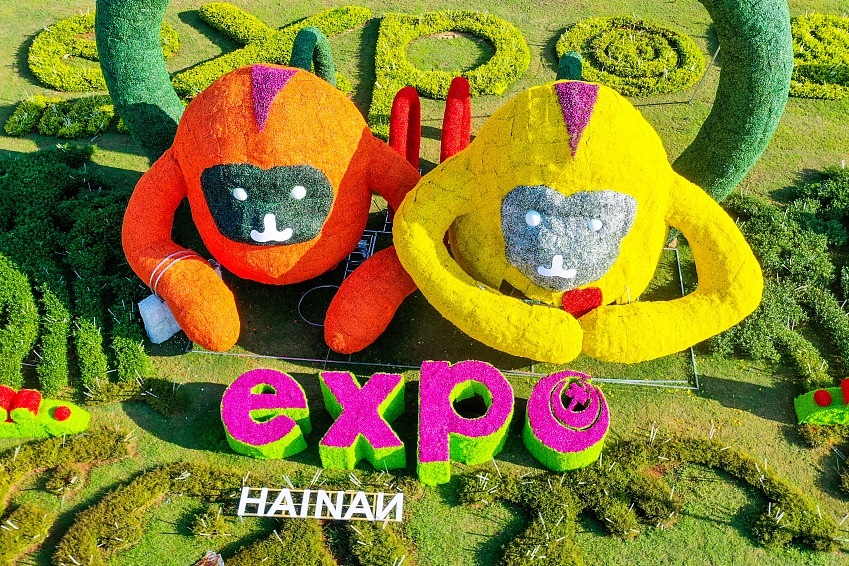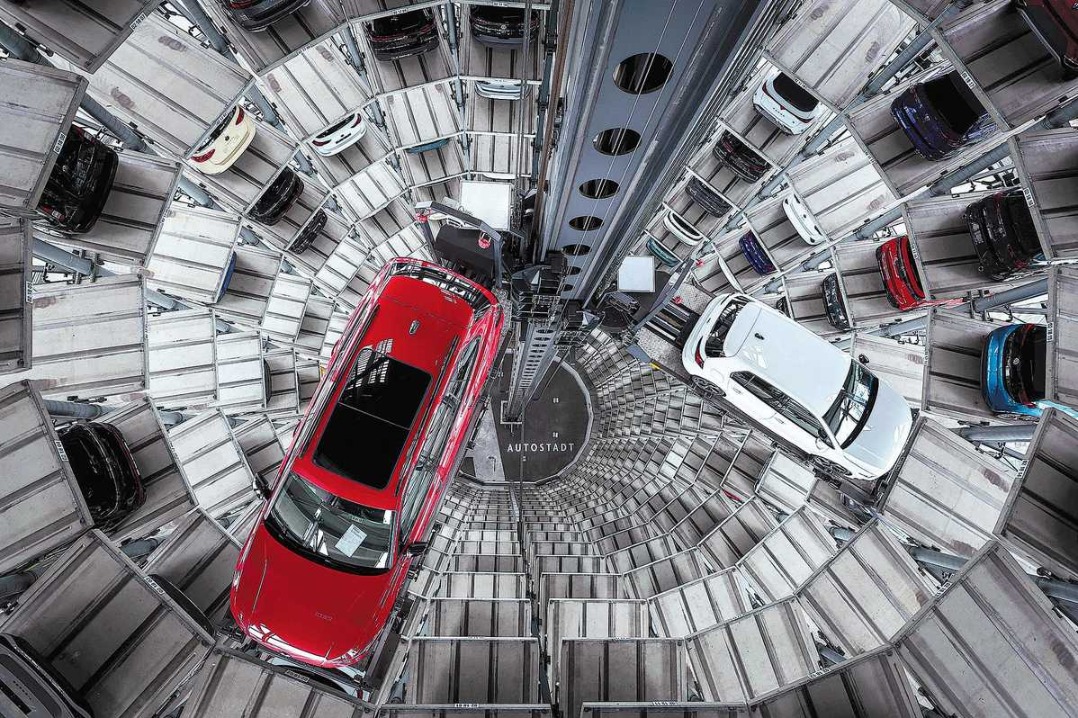More than just a pretty face
While the main attractions of the most Sanxingdui exhibitions are uniquely vivid, exotic bronze masks, there is a greater story of regional integration to be told, Zhao Xu reports.
By ZHAO XU | China Daily | Updated: 2024-04-20 10:20

Sophisticated fusion
Sandwiched between a basin to the east and meandering mountain ranges to the west, the land, known today as the Chengdu Plain, was the work of several rivers and their tributaries that had run in a northwest-to-southeast direction. The same aquatic paths, intersecting with the Yangtze River at various points, enabled a constant cultural and demographic influx into the alluvial plain.
"For a large part of Chinese history, the land of Shu had been seen as a rather secluded place, sealed off in the mountains, where it spun its own legends and myths. Modern archaeology seemed to have initially confirmed that view, given the unusualness — some would say grotesqueness — exuded by artifacts from Sanxingdui, the bronzes in particular," says Hu.
"That was until one started to look at them really closely."
Among other things, Hu was thinking about the many bronze heads unearthed from Sanxingdui. Characterized by thick eyebrows, big eyes — both the brows and eyes were slanting upwardly toward the ears — wide noses and wider mouths, these sculptures emanate a sense of ferocity that is often wrongly associated with barbarianism, until people realize the sophistication of the art, and think otherwise.
"Their hair is typically done in two ways: braided or tied up at back with a hairpin. I am tempted to believe that the first group were positioned higher on the social hierarchy," says the curator, pointing to a bronze figure unearthed from the site and dated to around the 11th century BC. With its hair braided at the back, the man is standing atop a ritual vessel known as zun, which in turn is supported by what appears to be bird-man perched upon another, bulkier vessel known as lei, which serves as a pedestal for the entire design.
























